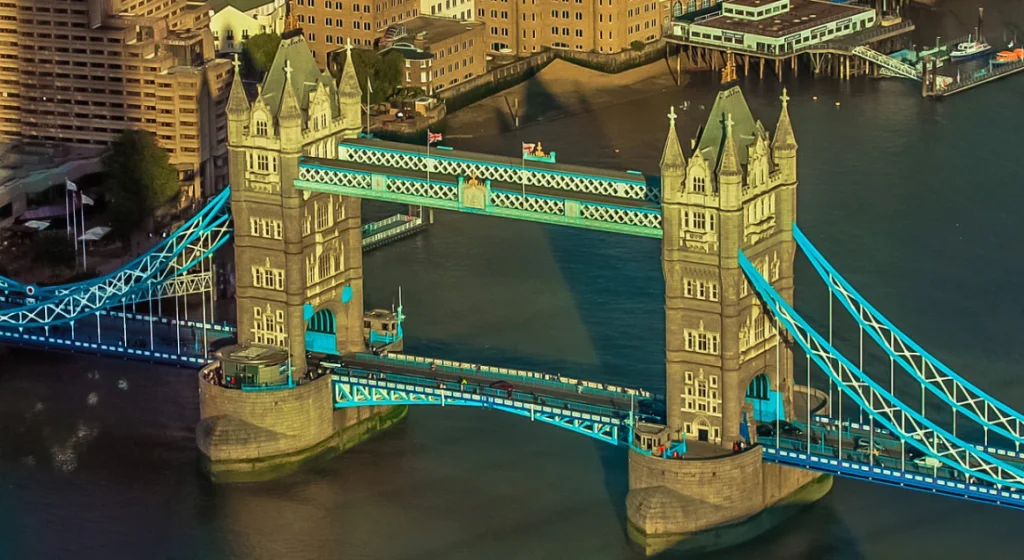It’s definitely the most recognizable and iconic bridge in London, and arguably one of the most important ones as well.
In this post, You’ll discover the ultimate list of facts about Tower Bridge.
Related: Discover 50+ more amazing bridges.
1. Tower Bridge is not London Bridge
Sometimes, when people hear the name “London Bridge,” they instantly assume it refers to the iconic bridge with the two towers. After all, it’s one of the most famous landmarks in all of London.
London Bridge which is full of history, however, is located about half a mile (0.8 km) upstream from Tower Bridge.

2. London Bridge is far less impressive
One of the main reasons that Tower Bridge is often confused with London Bridge is because it’s a very simple-looking bridge.
What makes London Bridge so special is its history because its original version was built by the Romans in the first century A.D.
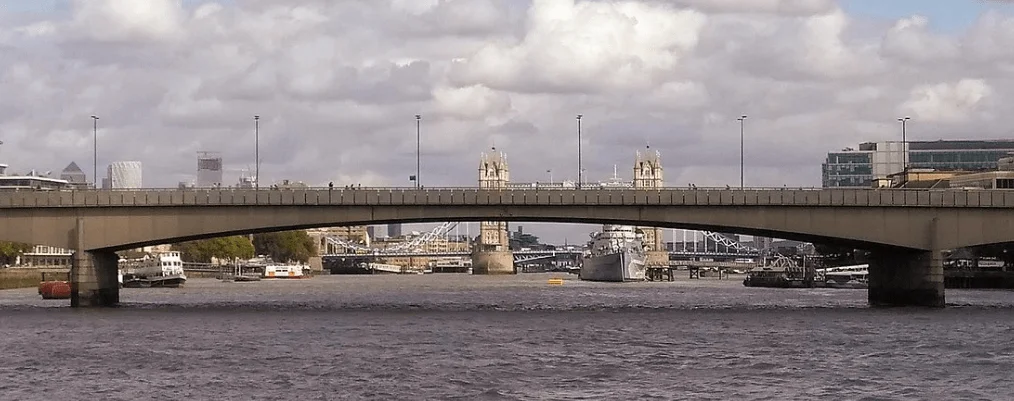
3. A fixed bridge was not feasible
A fixed bridge at street level would have cut off ships that have to reach the Pool of London and its port facilities.
The Pool of London is a stretch of the River Thames that was lined with continuous walls of wharves and where hundreds of ships moored at the time plans for the bridge were being made.
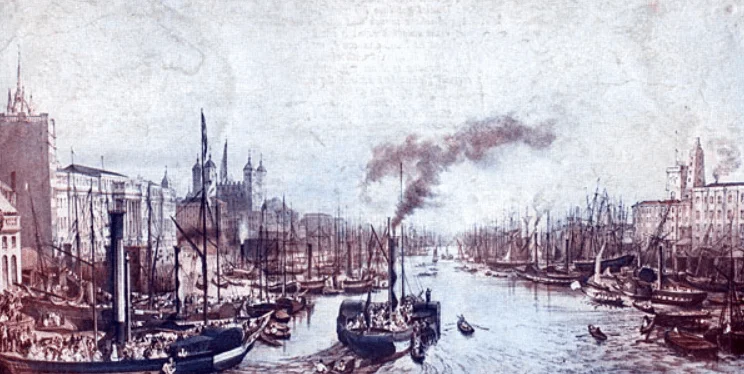
4. A committee was formed for the bridge

In the second half of the 19th century, the East End of London was growing at a rapid pace, so the necessity of constructing a bridge downstream of the historic London Bridge became apparent.
For this reason, a “Special Bridge or Subway Committee” was formed in 1877. The chairman of the committee was Sir Albert, Joseph Altman.
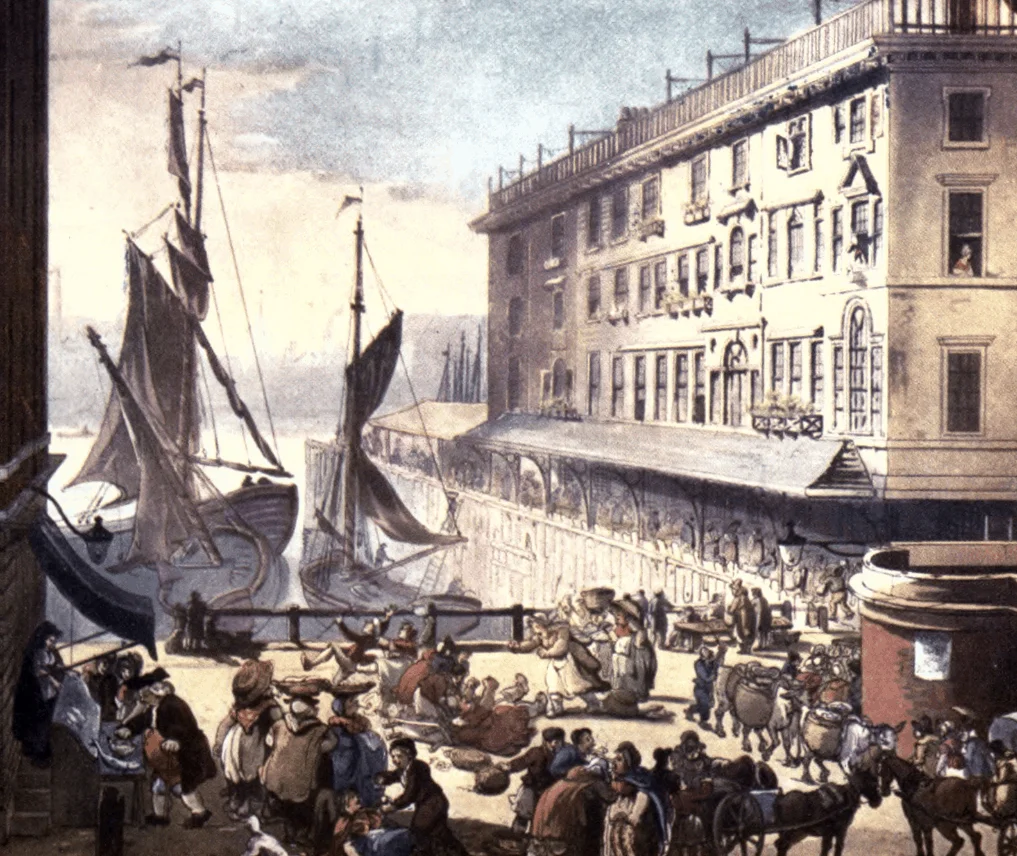
5. They were picky when it came to making a decision
Because a committee was assigned, you would assume that this would speed up the process of actually constructing a bridge.
That’s wasn’t the case. Over 50 design proposals were submitted and just as many were being rejected for various reasons.
Even the proposal submitted by Sir Joseph Bazalgette, responsible for the creation of the London City sewer system and the chief engineer of London’s Metropolitan Board of Works, was rejected because of a lack of sufficient headroom.
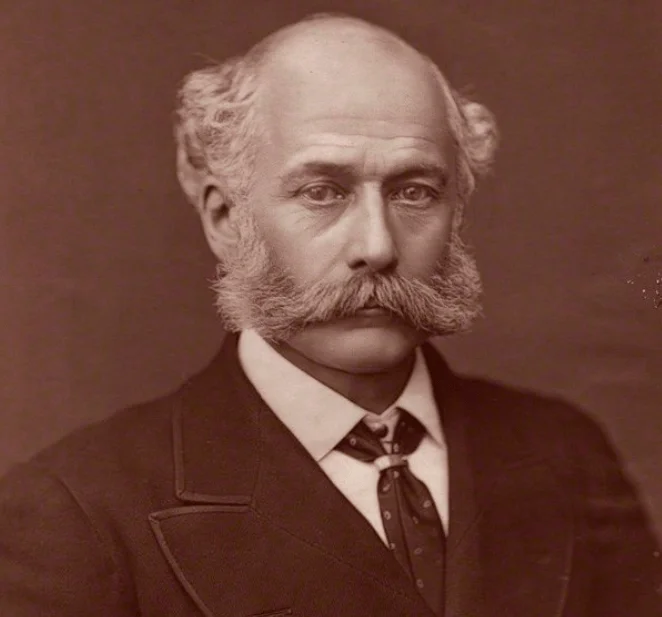
6. They finally decided on the type of bridge that would be built
The most important part of the decision-making process was to conclude as to what type of bridge would be constructed.
In 1884, they finally decided that the only possibility not to obstruct ships on the river was to build a bascule bridge in combination with a suspension bridge. The suspension part would be similar to the world’s first steel-wire suspension bridge, the Brooklyn Bridge in New York.
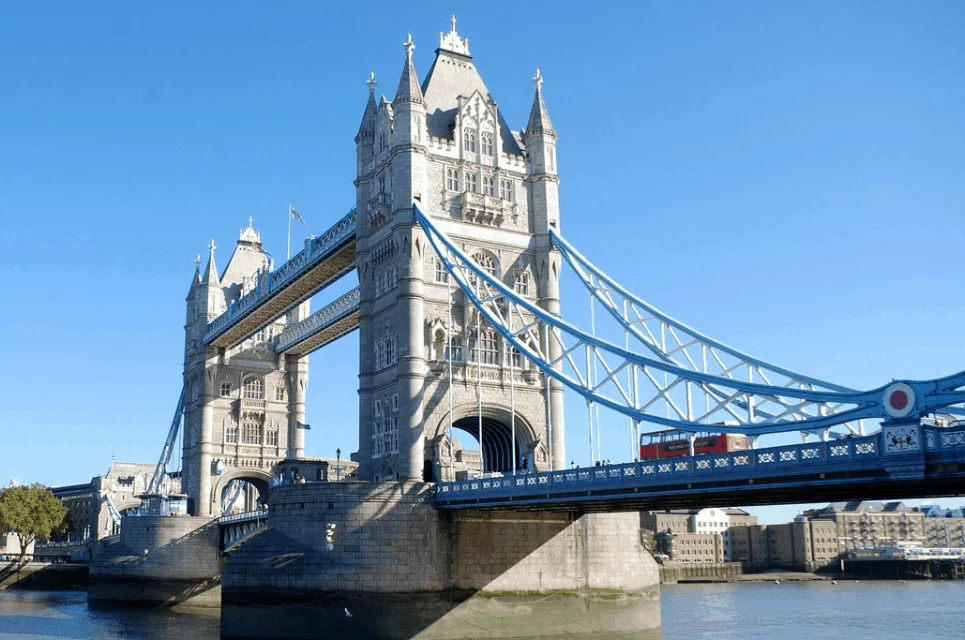
7. An Act of Parliament made the construction possible
It wasn’t until 1885 that an Act of Parliament was passed which gave the green light for Tower Bridge to be constructed. Sir John Wolfe Barry was appointed engineer and Sir Horace Jones was the architect.
The Act had several demands, including that the opening span must give a clear width of 200 feet (61 m) and there must be a headroom of 135 feet (41 m).
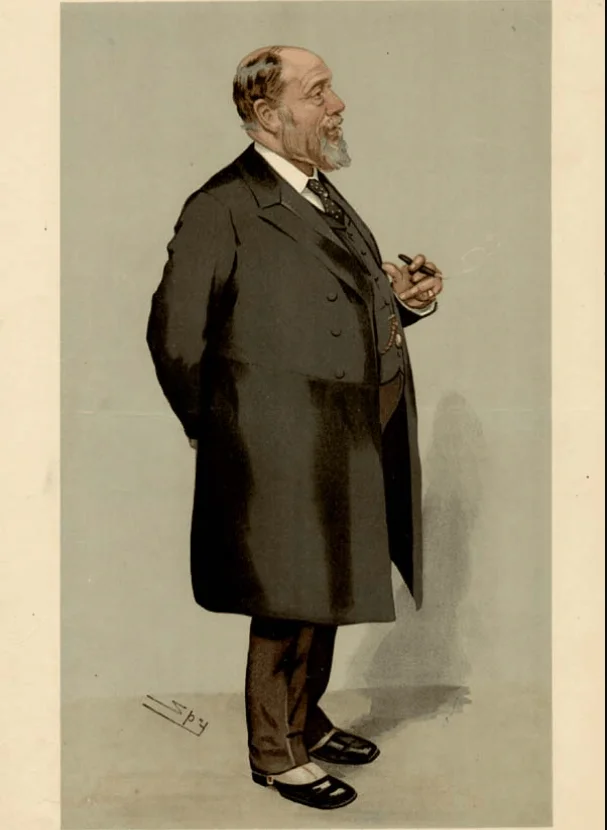
8. Sir Horace Jones was on the committee
So the decision was made and the plans were approved, while the previous 50 design proposals were all being rejected. So why was a very similar proposal suddenly being approved?
The fact that Sir Horace Jones was on the committee and he was the leading architect of the winning design might explain things.
Unfortunately, Sir Horace Jones died only a month after construction started, which made Sir John Wolfe Barry oversee the works and specialists. George D. Stevenson replaced him as the leading architect.
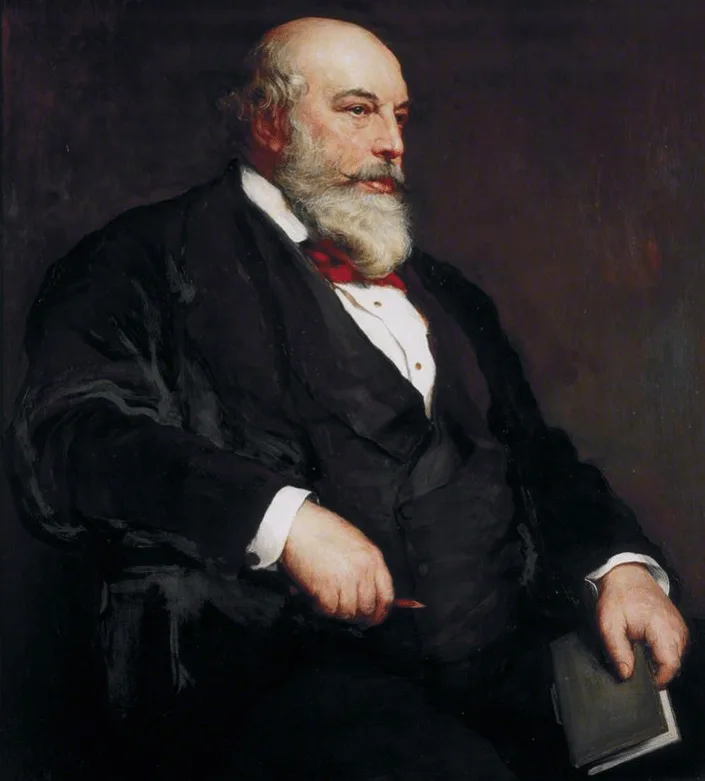
8. Tower Bridge is located right next to The Tower of London
The Tower Bridge doesn’t connect the City of London, where we can find the Gherkin, with the Southwark bank, where we can find The Shard. It actually connects it with a borough called “Tower Hamlets,” which is a borough in East London.
As you might have suspected, Tower Hamlets is where the famous Tower of London, the historic castle which is officially called “Her Majesty’s Royal Palace and Fortress of the Tower of London.”
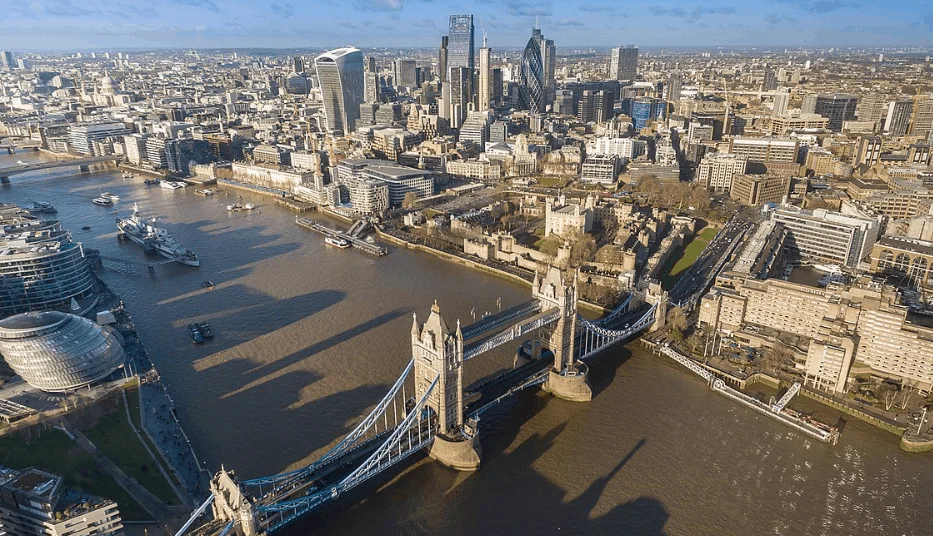
9. The towers had to be in Gothic Style
Another important demand in the Act of Parliament regarding the bridge of 1885 was that the towers had to be built in Gothic Revival Style.
In the early 19th century, the Gotic Revival Style was used for restorations of part of the Tower of London. By using the Gothic style, the newly constructed Tower Bridge would be in harmony with the nearby Tower of London.
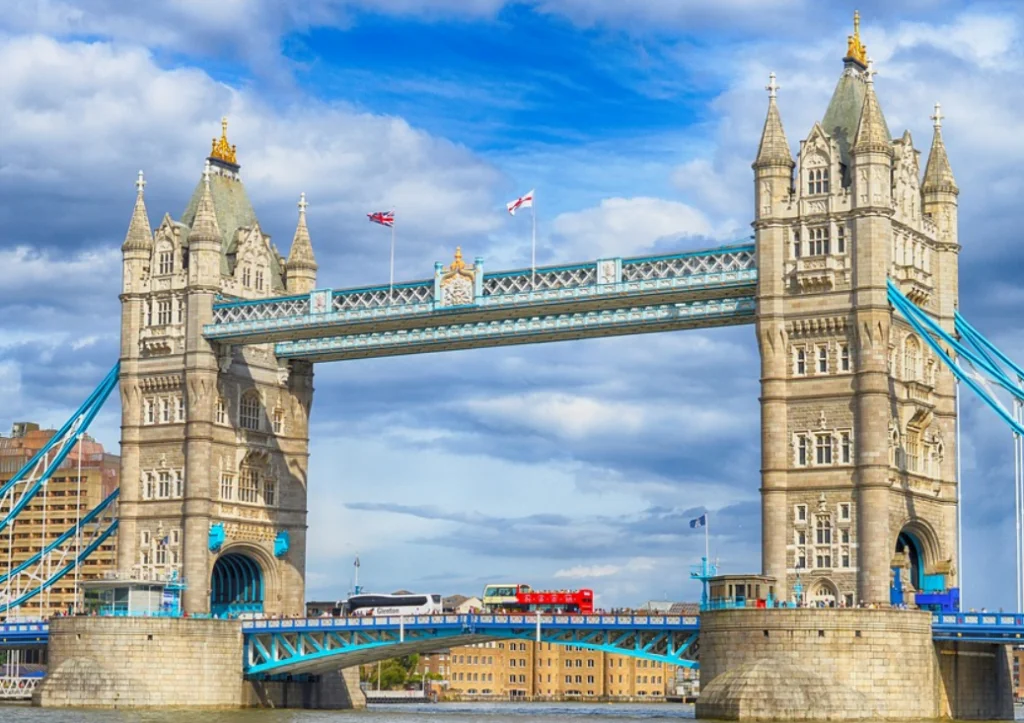
10. The Towers are made of steel
One of the most interesting facts about Tower Bridge is that the towers are actually made of steel. The Victorian Gothic style we see is just a facade to make the bridge look nice, and to comply with the Act of Parliament.
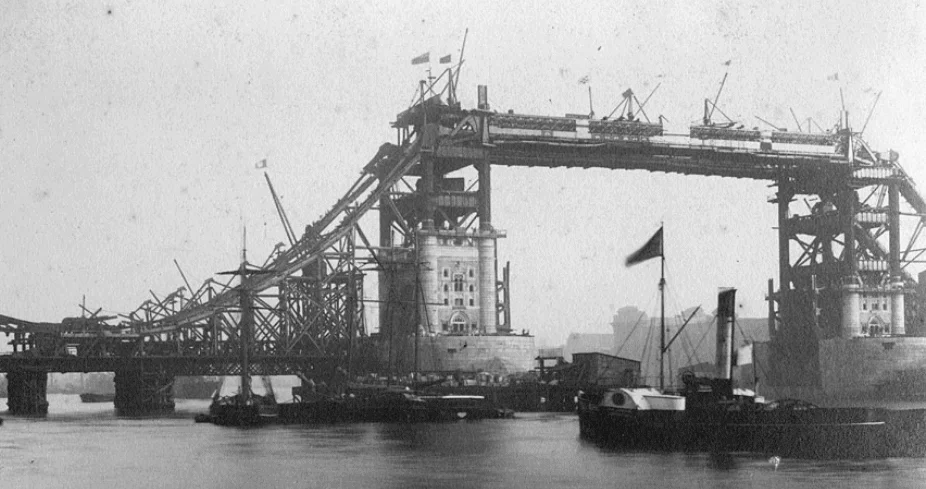
11. The original design used bricks
Sir Horace Jones, the leading designer, and architect of Tower Bridge made the original design. In his design, the towers of the bridge were actually clad with bricks.
It wasn’t until Sir Horace Jones passed away and George D. Stevenson replaced him as the leading architect that the decision was made to use stone.
This makes it very likely that Tower Bridge would have a very different appearance if Jones would have lived a bit longer.
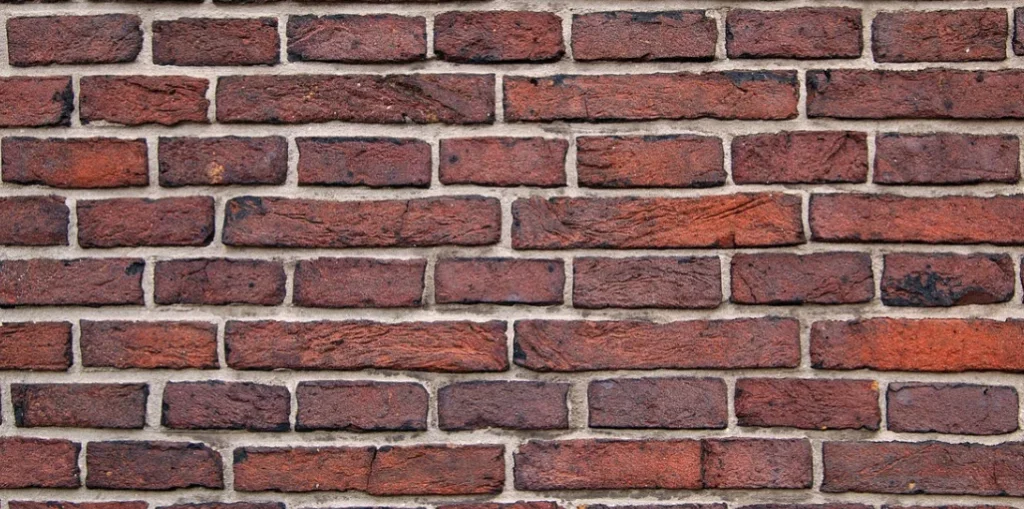
12. It took over 8 years to build Tower Bridge
The construction of Tower Bridge finally started in 1886 with five contractors working on the project:
- Sir John Jackson (foundations)
- Baron Armstrong (hydraulics)
- William Webster
- Sir H.H. Bartlett
- Sir William Arrol & Co.
Remarkably, the entire project only employed 432 construction workers, which is partially the reason why it took so long for the project to be finalized. Here you can find some very interesting pictures of the construction of Tower Bridge.
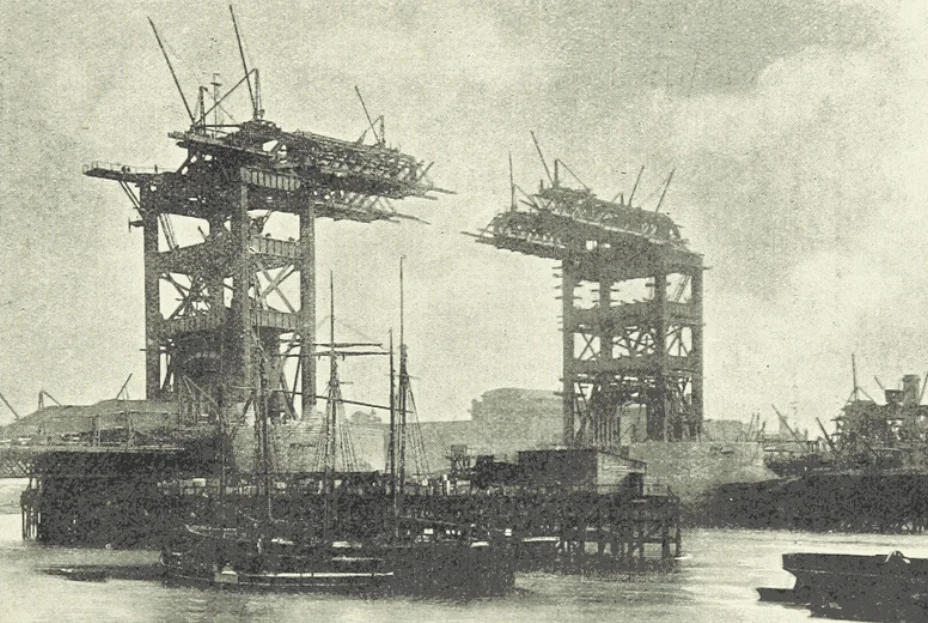
13. Tower Bridge had a Royal opening
Tower Bridge’s construction was finally done in 1894, and to celebrate this moment, nobody less than Albert, the Prince of Wales, and Alexandra of Denmark, Princess of Wales took care of its official opening. This happened on June 30, 1894.
Another those interesting fact about Tower Bridge is that the Prince of Wales didn’t just take care of the opening, but was also the one to lay the first stone.
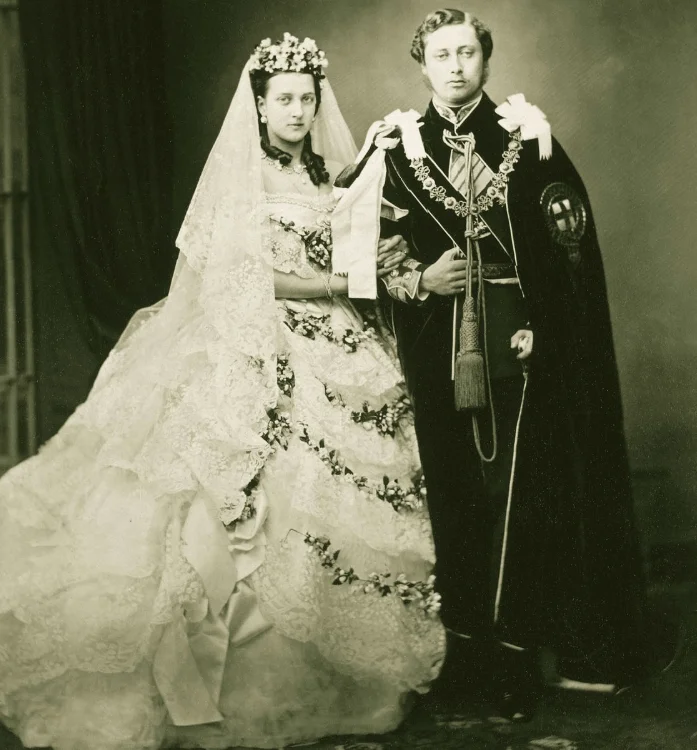
14. The opening was a huge celebration
Londoners, and especially the people living in the East End, had been anticipating this moment for a long time, so the opening was celebrated heavily.
Before Tower Bridge was opened, the shortest way to cross the River Thames from Southwark to the Tower Hill area or vice versa was 400 meters to the west using a tunnel called “Tower Subway.”
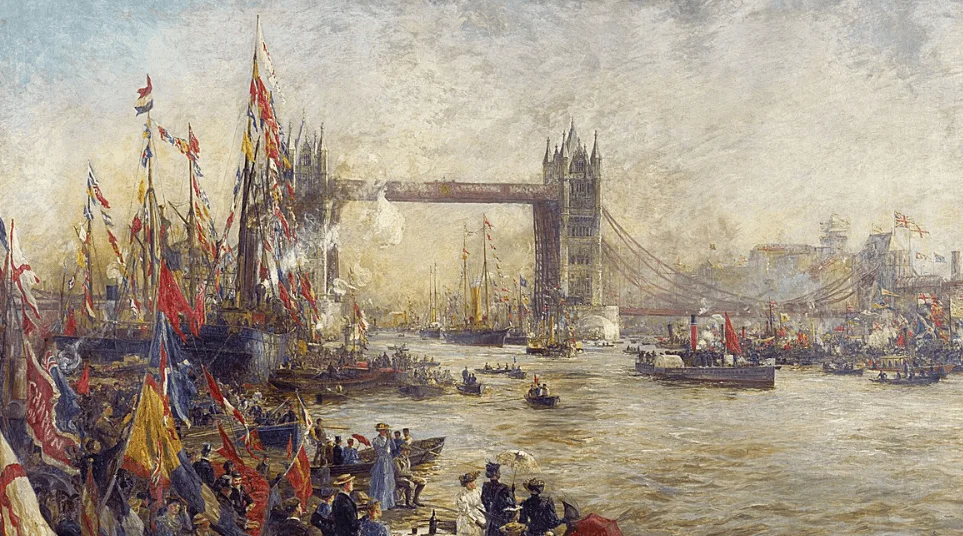
To make it worse, one had to use a tunnel called the “Tower Subway’ which required passers to pay a toll. Logically, the Tower Subway closed its doors not too long after Tower Bridge was opened due to a lack of income.
15. A new engine was built during World War II
The Germans bombed London heavily during World War II. It was feared that one of the engines that operate the bascule to let ships pass through would be damaged or even destroyed, so a new engine was created in case this happened.
The modernization of Tower Bridge in the 1970s made the engine redundant, but it was donated to the Forncett Industrial Steam Museum by the Corporation of the City of London and can still be seen there today.
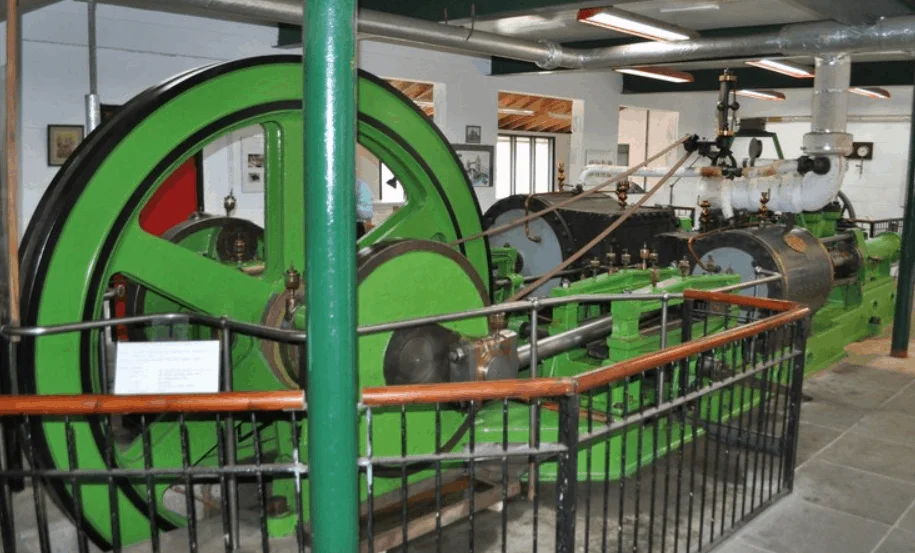
16. Tower Bridge underwent a huge facelift in the 2000s
In the early 2000s, a computer system to manage the raising and lowering of the bascule was installed.
A huge renovation project was announced in April 2008 in the light of the Olympic Games which would be hosted in London in 2012 and which would draw a lot of publicity for one of the most iconic landmarks of the city.
The entire building was stripped off its paint which dated from 1977, up to the bare metal, and was repainted in red and blue. The total cost of the project was £4 million and took 4 years to complete, just in time for the Olympic Games.
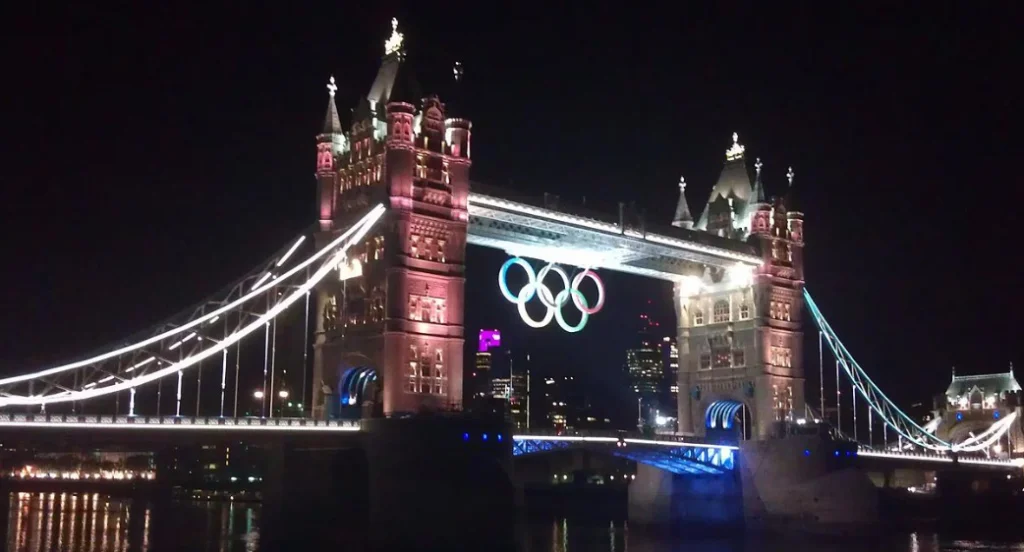
More interesting facts about Tower Bridge
17. Tower Bridge is owned and maintained by Bridge House Estates, a charitable trust that was established in 1282 and is overseen by the City of London Corporation, the municipal governing body of the City of London.
18. The Bridge House Estates owns and maintains a total of 5 bridges, including the London Bridge, and Tower Bridge is the only one that doesn’t directly connect the City of London with Southwark.
19. Tower Bridge actually connects two separate bridges with an upper walkway. This walkway was integrated so the bridge can withstand the tension imposed on the suspension parts of the bridge.
20. Since 1982, Tower Bridge features an exhibition in its two towers, the Victorian engine house, and the upper walkway. Admission is charged and the entrance is from the west side of the bridge.
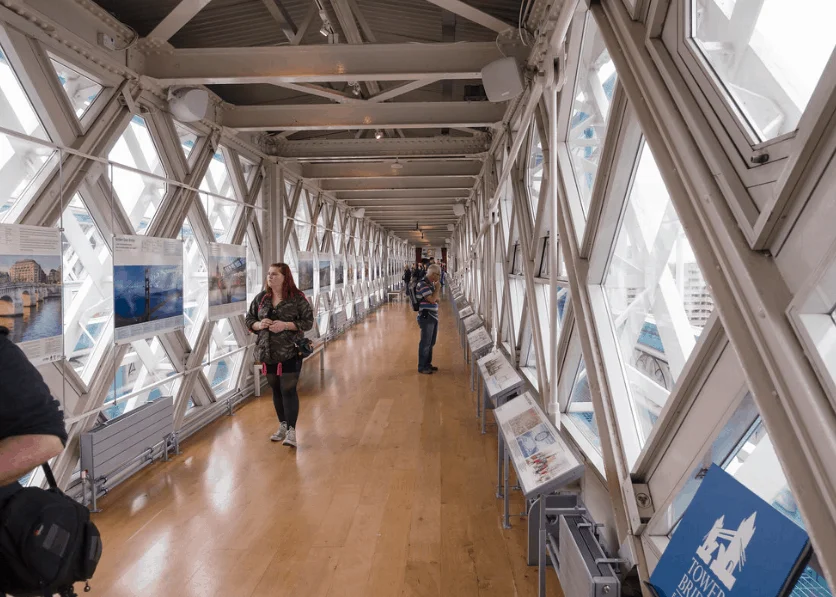
21. Even though it now houses an exhibition, the upper open-air walkways that were used before had to be closed in 1910. They became the playground for prostitutes, pickpockets, and other low-life criminals, and were hardly used by regular pedestrians who rather waited for the bascules to close than to climb the stairs.
22. The total length of Tower Bridge is 801 feet (244 m), its height is 213 feet (65 m) and its longest span is 270 feet (82.3 m).
23. When big ships want to pass through, the bridge’s bascules, which weigh 1 million kilos each, need to be raised and can do so at an angle of 86 degrees.
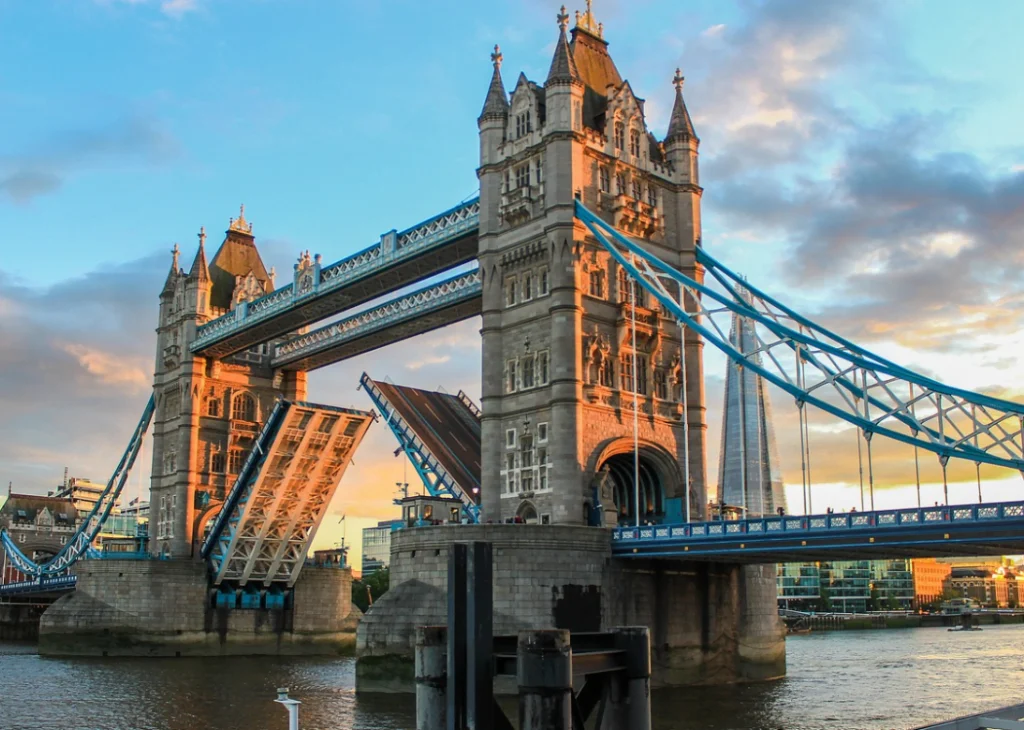
24. When the bascules of the bridge are closed, the clearance below is 28 feet (8.6 m) and when they are fully opened, the clearance is 139 feet (42.5 m).
25. The Tower Subway, which was the closest way to cross the River Thames before Tower Bridge was built, used to be one of the world’s first railway undergrounds (tube).
26. The Tower Subway proved to be uneconomical and was closed shortly after its opening in 1870. It was transformed into a pedestrian tunnel, which was closed just a few years after Tower Bridge opened due to lack of use.
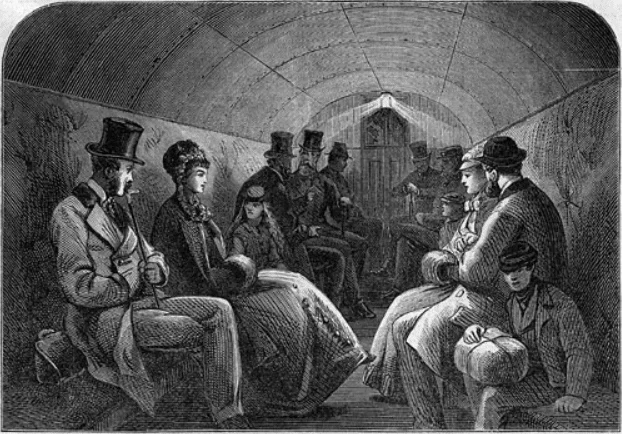
27. The total cost of construction of the bridge was about £1.184,000, which is, based on the UK Retail Price Index, the equivalent of over £136 million today!
28. So how were the bascules of Tower Bridge operated before the modernization techniques made it a breeze? They were operated by hydraulics which used steam to power the enormous engines. The Steam was stored in 6 massive accumulators so it was always readily available when needed.
29. As you know by now, the towers and walkways have a steel frame. And a lot of steel was needed! 11 million kilos of steel were used to create the massive framework of Tower Bridge. This framework was then covered with Cornish granite and Portland stone, which is how Tower Bridge got its iconic look.
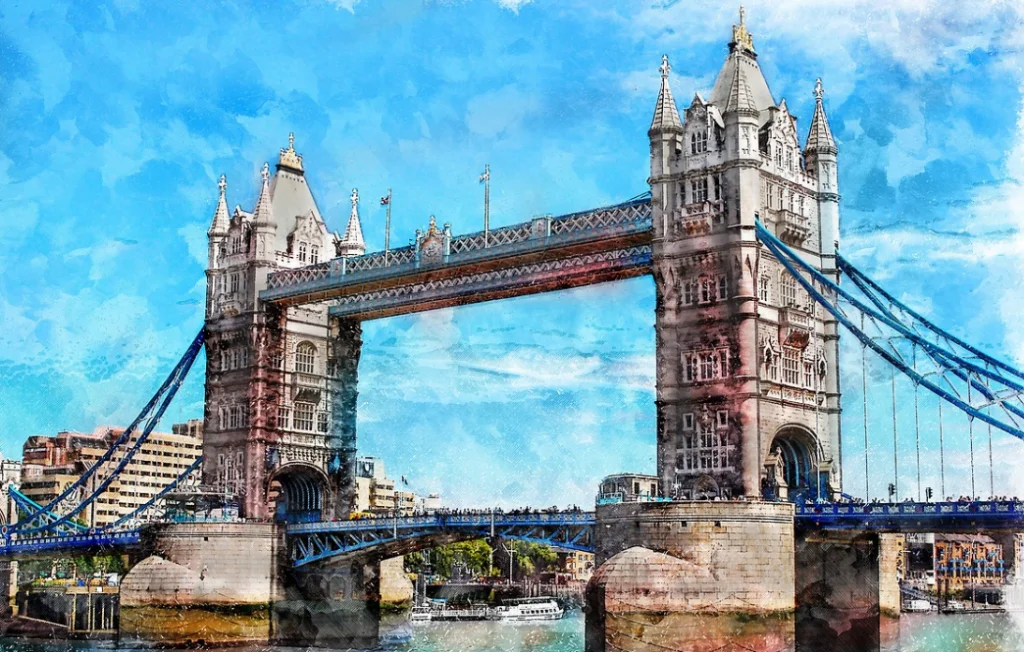
30. The entire Tower Bridge has been listed as a Grade I listed building since September 21, 1973. This means it’s considered to be a building of “exceptional interest.”
31. When Tower Bridge received a £4 million facelift in 2008, it was only done at a quarter at a time to avoid disturbance. The renovations done in 2008 are meant to last for 25 years.
32. The modernization of the operating system of the bascules in the early 2000s caused a lot of problems. The bascules were reportedly stuck in the open or closed position 4 times in 2005 alone. The issues were only solved when new sensors were installed.
33. One of the funniest facts about Tower Bridge is the story of Albert Gunton in 1952, the driver of one of those iconic red double-decker busses you see often in London.
Apparently, he found himself stuck on the bridge with his bus when the bascules started opening up. Without a second thought, he started accelerating and jumped his bus over the 3-foot gap. he was awarded £10 for his bravery.
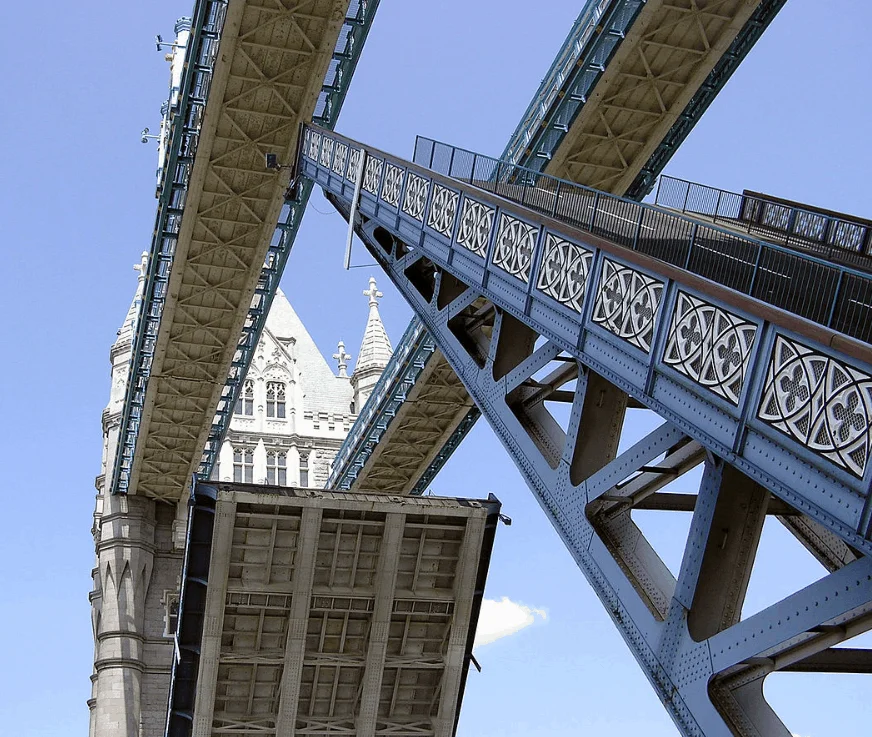
34. During the 2012 Olympics, 5 rings were attached to Tower Bridge to mark the fact that the games would last for only one more month. The rings cost a whopping £259,817 to make, measured 25 by 11.5 meters (82 by 38 ft), and weighed 13,000 kilos (28,660 lbs).
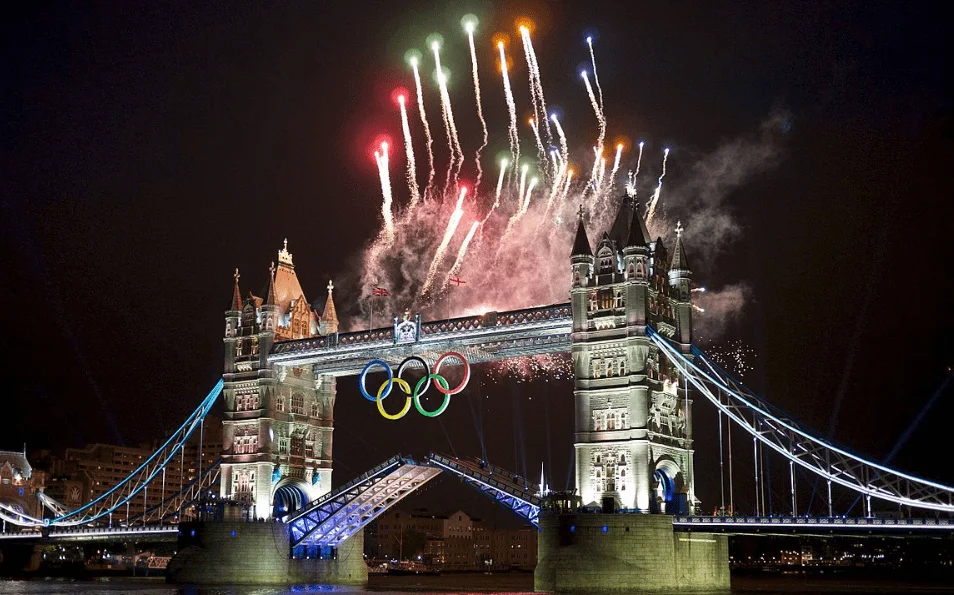
35. The bascules of the bridge are raised about 1,000 times a year. This means that the 40,000 people that cross the bridge every single day (motorists, cyclists, and pedestrians) better look on the website of Tower Bridge to see at what time the bascules will be raised.
36. Another one of those fun facts about Tower Bridge relates to an incident that happened in 1997. Bill Clinton, the then-American president was in town and found himself stuck in front of an opening bascule with his entire cavalry.
This just proves that river traffic will always get priority over road traffic, regardless of who is on the road.
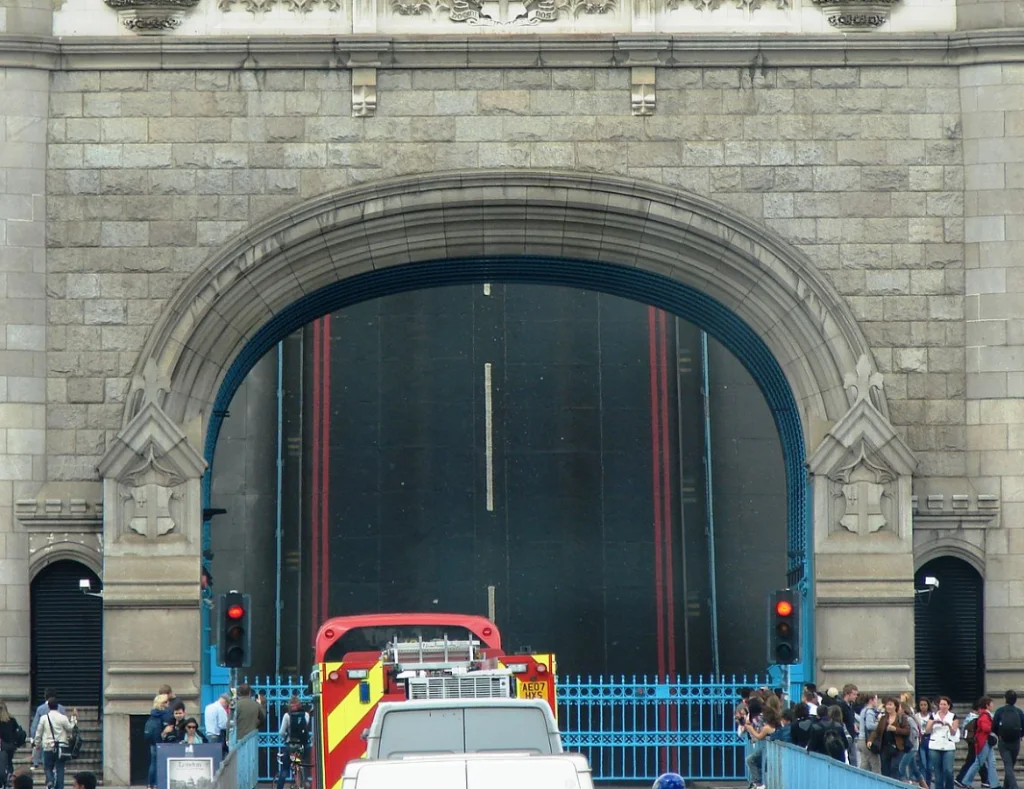
37. Luckily, Mister Bill Clinton and his entire entourage didn’t have to wait too long, as raising the bascules of the bridge only takes 5 minutes, tops!
38. Alan Pollock, a member of the UK Royal Airforce wasn’t too happy when nothing was being done to celebrate the RAF’s 50th birthday.
That’s why he got the brilliant idea to do so himself and flew his Royal Air Force Hawker Hunter FGA.9 jet fighter past the Houses of Parliament and underneath the upper walkway of Tower Bridge. He was discharged from the RAF shortly afterward.
39. Pollock wasn’t the first one to pull a stunt like this. Another daredevil, that time with authorization, named Francis McClean flew a plane between the bascules and the high-level walkways way back in 1912.
40. A city in China has created 56 replicas of bridges, including one of Tower Bridge. But that’s not all, there are also replicas of Venetian- and Dutch-style villages. Suzhou is called the “Home of Duplitecture.”
In Suzhou, you can see a scaled version of Tower Bridge which has 4 towers and no bascules to open or close.
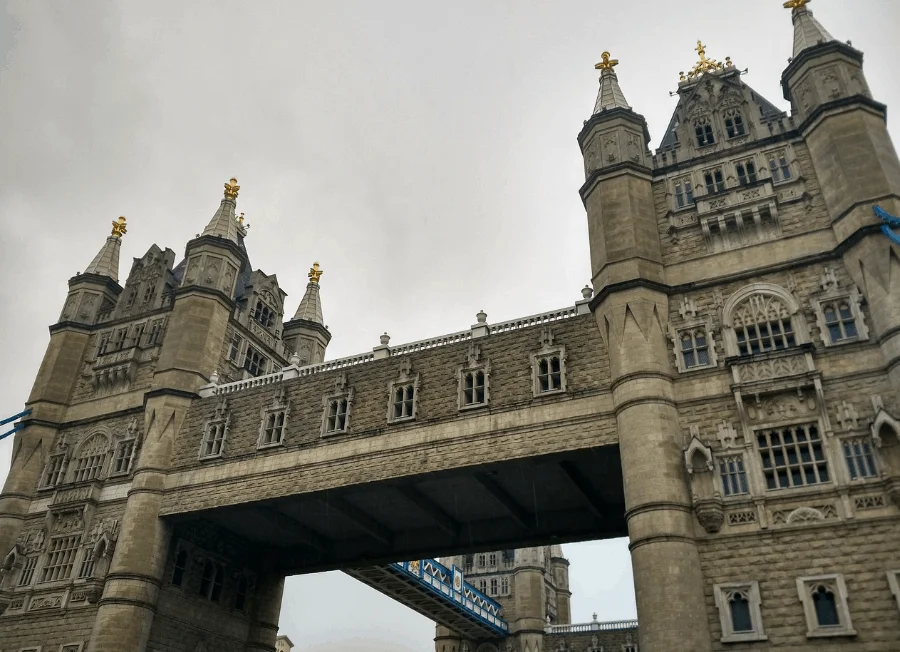
41. Even though the initial reaction of Tower Bridge wasn’t too positive, the bridge has become a symbol of London. This was already mentioned in the year 1938, when Benjamin Crisler, a famous New York Times film critic wrote:
“There are three unique and valuable institutions the British have that we in America have not: Magna Carta, the Tower Bridge, and Alfred Hitchcock.”
